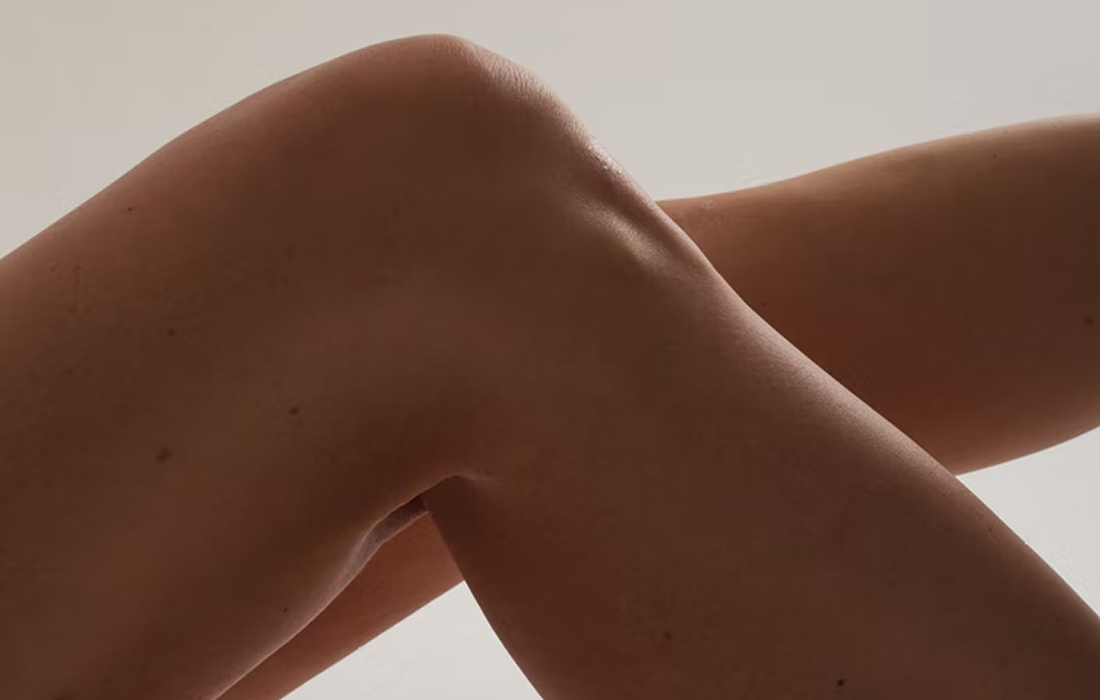Platelet-Rich Plasma
Use of Platelet-Rich Plasma for Knee Osteoarthritis: A 5 Year Study
Osteoarthritis (OA) is a heterogeneous, progressive, complex joint disease that develops as a result of impaired joint cartilage integrity, leads to clinical and radiological findings, and causes changes in bone and joint.
It is the most common joint disease globally and the most common cause of pain and loss of function in adults in Western societies. There are currently no definitive treatment methods for OA, because the ideal treatment should stop or slow the progression of OA, and current treatments fail to do so.
That is why researchers have been studying different methods to try to stop or decrease the progression of OA. One of these methods is platelet-rich plasma (PRP), which is a liquid that contains many growth factors that can stimulate cell proliferation, cellular migration, angiogenesis, and extracellular matrix production. The high number of platelets in PRP accelerates the natural healing process.
Another method is the use of autologous conditioned serum (ACS) is a serum isolated from whole blood, incubated, and then separated with centrifugation.
Use of Platelet-Rich Plasma and ACS
In a recently published study, researchers evaluated the use of both ACS injections and PRP injections in a group of 82 patients with knee pain and osteoarthritis.
The patients were diagnosed according to the American College of Rheumatology criteria and were included in the study if they were more than 18 years of age and had stage 2-3 primary knee OA.
The patients were divided into 2 groups a group that received ACS injections and another group that received PRP injections. All patients received 3 consecutive injections one week apart with either of the biologics.
ACS was prepared from 50 ml of venous blood collected from all patients, the syringe contained chromous sulfate coated glass and incubated for 12 hours at 37 degrees Celcius, to increase the production of IL-1ra by white blood cells. After incubation centrifugation was carried out and four 3 ml injections were obtained.
For the PRP 32 ml of venous blood were collected from all patients, in 4.5 ml tubes with 3.2% sodium citrate as an anticoagulant. The tubes were spun for 10 minutes at 1,800 rpm. A total of 12 ml of PRP was collected and four 3 ml injections were obtained.
Improvements for up to 24 months
The VAS pain scores of both groups decreased significantly and a greater difference was found at the 12th and 24th months post-treatment. Decreasing from a median of around 7/10 VAS to 2-3/10 VAS at 12 months in both treatment groups.
The KOOS is self-administered and assesses five outcomes: pain, symptoms, activities of daily living, sport and recreation function, and knee-related quality of life. It was evaluated pre-treatment, at 1, 6, 12, 24 and 60 months, and was found to be decreased in both groups.
According to the study, the improvement in both VAS and KOOS scores in the first six months to baseline was statistically significant in both groups, with the maximum improvement seen at 6 months and persisting up to 24 months.
Both ACS and PRP injections for knee OA seem to be effective treatment methods for pain control and improvement of function in patients with mild to moderate knee OA for up to 24 months.
Source:
Coşkun HS, Yurtbay A, Say F. Platelet Rich Plasma Versus Autologous Conditioned Serum in Osteoarthritis of the Knee: Clinical Results of a Five-Year Retrospective Study. Cureus. 2022 Apr 26;14(4):e24500. doi: 10.7759/cureus.24500. PMID: 35651374; PMCID: PMC9135591.
Image from:
Photo by semen zhuravlev on Unsplash

